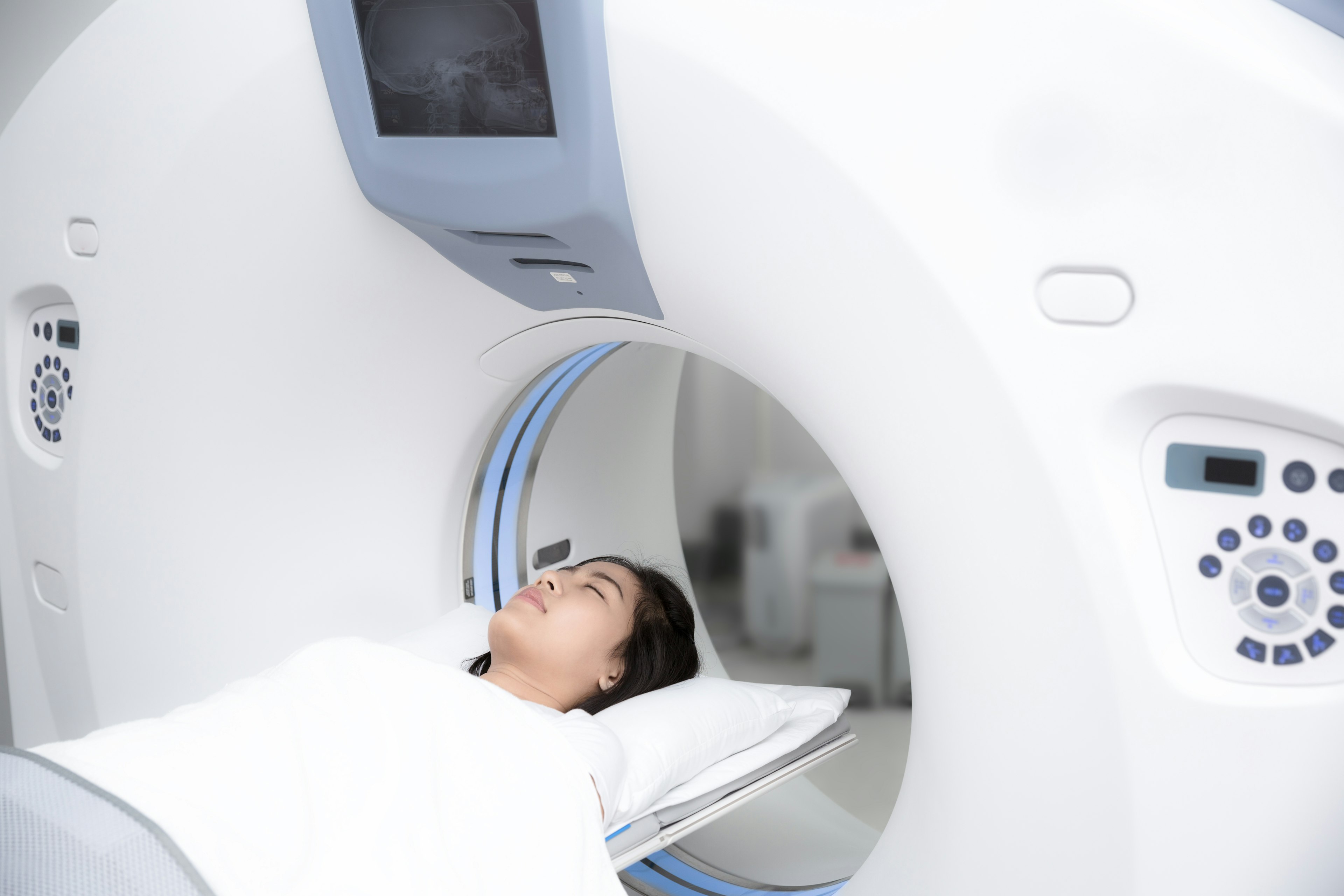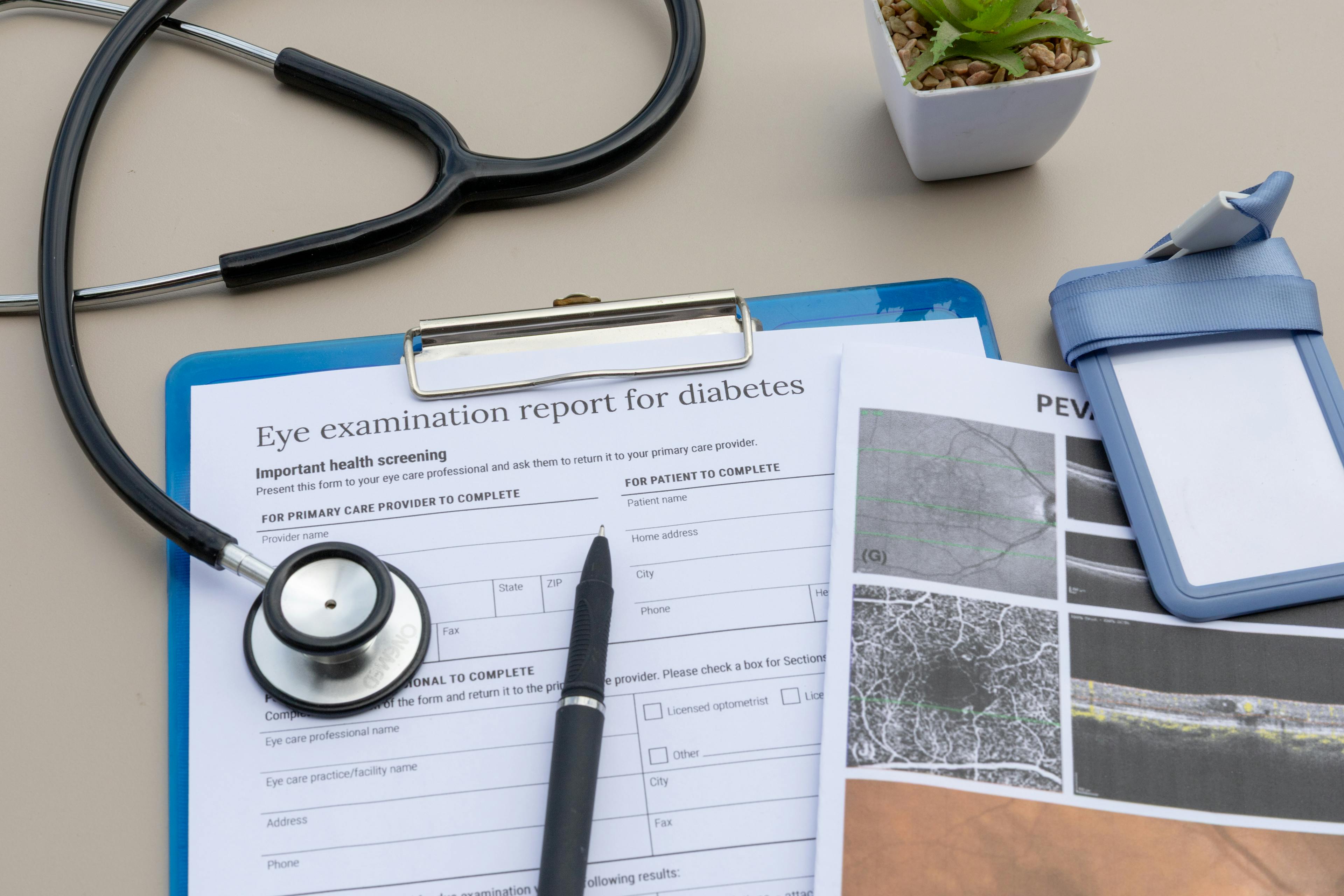When your doctor recommends an imaging test, it’s normal to feel uncertain about what each type of scan shows and why one might be chosen over another. Two of the most common are the CT scan and the PET/CT scan (often shortened to “PET”). Both play important roles in diagnosing and monitoring conditions, but they work in very different ways. In this post, we’ll help you understand the differences so you can feel more confident about your choice of care.
What Is a CT Scan?
A CT scan, short for Computed Tomography, uses X-rays and a computer to create detailed cross-sectional images of the body. These images show organs, bones, blood vessels, and soft tissues.
Doctors often use CT scans for a variety of reasons, including:
- Evaluating trauma and fractures
- Detecting internal bleeding
- Identifying tumors or infections
- Diagnosing lung conditions and heart disease
CT scans are quick, painless, and widely available, which makes them a first choice in many emergency or diagnostic situations. However, they mainly show structure, not how tissues work metabolically.
What Is a PET/CT?
A PET scan, or Positron Emission Tomography, takes imaging a step further. Instead of just showing what things look like, it reveals metabolic activity within tissues. This is done by injecting a small amount of a safe radioactive tracer, which highlights metabolic activity inside the body.
PET/CT is typically used for:
- Detecting and staging cancer
- Monitoring how well cancer treatment is working
- Identifying brain disorders such as Alzheimer’s or seizures
- Evaluating heart disease and blood flow problems
The major advantage of PET/CT is that it can detect disease at the molecular level, sometimes before anatomic changes are visible on a CT scan. However, the test also takes longer, costs more, and requires the injection of a tracer.
PET Scan vs. CT Scan: Key Differences
Although both scans provide valuable information, they serve different purposes:
- Speed: A CT scan usually takes 10–20 minutes, while a PET/CT appointment takes about 1–2 hours total, with roughly 30–45 minutes of actual scan time and the remaining time for tracer injection and uptake before imaging.
- Best use cases: PET/CT is better for identifying metabolically active cancer, certain neurological conditions, and select cardiac indications.
- Cost: PET scans are generally more expensive than CT scans due to advanced technology and tracer use.
Combination: Today, PET is performed as PET/CT, integrating metabolic and anatomic data in one exam for a more complete diagnosis.
Risks and Safety of PET and CT Scans
Both scans are considered safe and non-invasive.
- CT scans involve moderate, carefully controlled radiation that is minimized to the lowest reasonable dose for diagnostic quality.
- PET/CT involves a small amount of radioactive tracer plus a low-dose CT component; doses are closely monitored for safety.
- Precautions: Patients who are pregnant, have allergies, or have certain health conditions should discuss risks with their doctor before either scan.
Most patients tolerate these tests well and can return to normal activities the same day.
When Do Doctors Recommend Each?
A CT scan is often recommended for:
- Emergency or trauma care
- Identifying broken bones, bleeding, or infections
- Screening for lung or heart issues
A PET/CT scan is normally recommended for:
- Detecting and staging cancer
- Evaluating treatment effectiveness
- Assessing neurological conditions
- Checking blood flow in the heart
In practice, PET is performed as PET/CT, showing metabolic activity alongside anatomical detail in one test.
How Long Do PET and CT Scans Take?
CT scans are typically fast, taking only 10–20 minutes. PET/CT appointments take about 1–2 hours total; expect 30–45 minutes of scan time plus additional time for tracer injection and uptake before imaging begins.
How Much Does a CT or a PET Scan Cost?
CT scans are generally more affordable and widely covered by insurance. PET scans are more costly due to their complexity, and coverage often depends on medical necessity. Costs vary by location, hospital or outpatient center, and whether your insurance approves the test.
Find a Medical Imaging Center in Webster-Clear Lake at CLS Health
PET and CT scans each play an important role in diagnosing and monitoring different health conditions. CT scans are often used to quickly capture structural details, whereas PET/CT provides insight into metabolic activity within tissues. In many cases, your doctor may recommend both together for the most accurate picture.
If you’ve been told you need medical imaging, the right choice depends on your symptoms, medical history, and your doctor’s goals for diagnosis or treatment. At CLS Health, our advanced medical imaging centers provide clear answers and guide the next steps in your care.
Call to schedule a medical imaging appointment today or to learn whether a PET/CT, CT scan, or other study is the best option for you.
FAQs
Not necessarily. CT is best for fast, detailed structural images. PET/CT shows metabolic activity, which can reveal active disease (like cancer) earlier. Often, they’re used together for a complete picture.
PET/CT doesn’t show as much structural detail as diagnostic CT, but it does show metabolic activity, helping doctors find disease earlier—even before structural changes appear.
They’re accurate in different ways. CT excels at anatomy; PET/CT excels at detecting metabolic activity. Together, they provide a more complete and reliable view.
Yes. Many medical imaging centers offer PET/CT scans, which combine both tests in one session. This provides detailed structural and functional information in a single appointment.
For a CT scan, preparation is usually minimal, though sometimes you may be asked to fast for a period of time beforehand or take contrast dye. For a PET/CT, you may need to fast, avoid exercise before the test, and follow specific instructions regarding medications. Your provider will give you detailed guidance.




